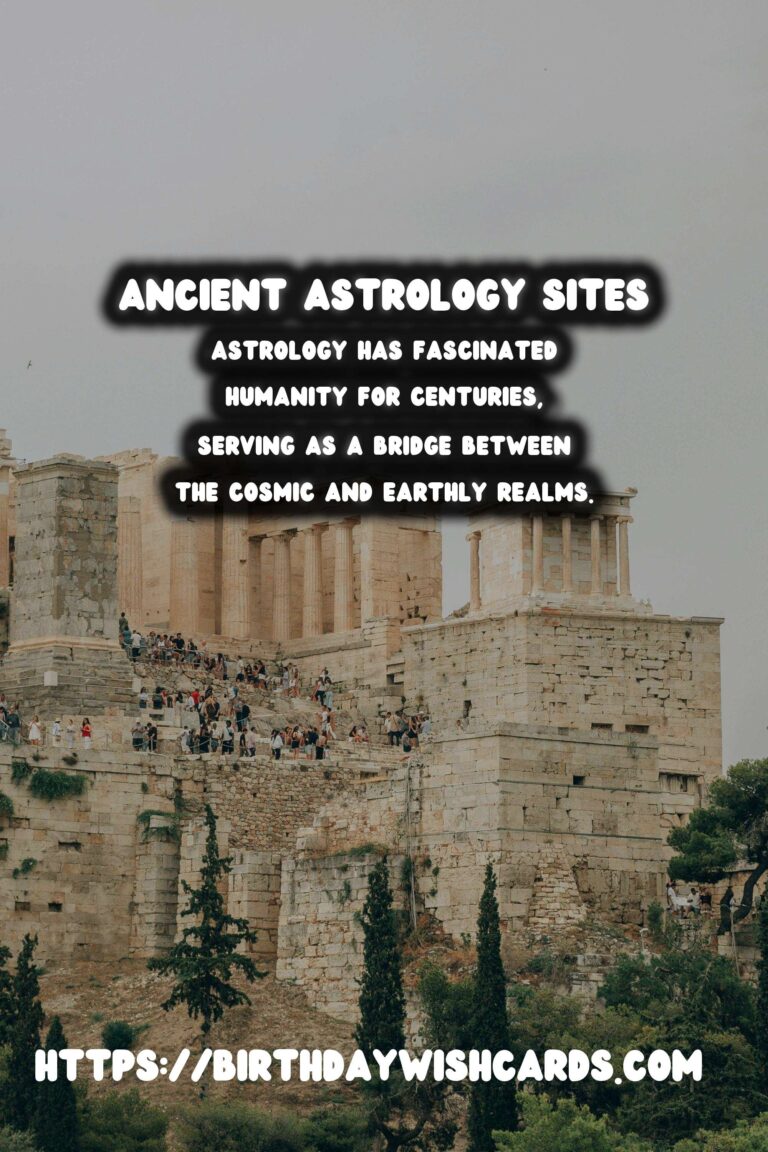
Astrology has fascinated humanity for centuries, serving as a bridge between the cosmic and earthly realms. Ancient astrology sites, found across the globe, stand as testaments to the deep connection early civilizations had with the stars and planets. In this article, we will explore some of these remarkable sites, offering insights into how historical beliefs shaped their creation and function.
The Origins of Astrology
The roots of astrology stretch back to ancient Mesopotamia, where the first astronomers began observing the celestial bodies. These early stargazers laid the foundation for a tradition that would grow and evolve through the centuries, influencing cultures from the Babylonians to the Greeks.
Stonehenge: The Celestial Observatory
Located on the Salisbury Plain in England, Stonehenge is one of the most iconic ancient astrology sites. Dating back to around 3000 BC, this enigmatic structure is believed to have functioned as an astronomical calendar. Its massive stones align with the solstices, marking significant events in the solar calendar. The precise alignment suggests that the builders had a deep understanding of celestial movements and their significance.
Chichen Itza: The Mayan Marvel
The ancient city of Chichen Itza, found in present-day Mexico, stands as a testament to the advanced astronomical knowledge of the Maya civilization. The Temple of Kukulcán, also known as El Castillo, is particularly noteworthy. This impressive pyramid serves as a magnificent calendar, with the serpent shadow descending its steps during the equinoxes.Chichen Itza is a perfect example of how astrology and architecture intertwined in the ancient world, reflecting the Mayans’ sophisticated understanding of the cosmos.
Nabta Playa: The African Stone Circle
Nabta Playa, located in the Nubian Desert of southern Egypt, is an ancient stone circle dating back to around 5000 BC. Often compared to Stonehenge, this site serves as evidence of early African societies engaging in astronomical observations. The Nabta Playa stone circle aligns with the summer solstice and is believed to have been used as a ceremonial center, revealing how astrology played a role in ritualistic aspects of life.
Jantar Mantar: The Indian Astronomical Hub
Constructed in the 18th century in Jaipur, India, the Jantar Mantar is a collection of architectural astronomical instruments. The site exemplifies the Indian civilization’s deep-rooted connection to astrology. India, with its rich astrological tradition, viewed the construction of such observatories as essential for celestial observations, which played a significant role in matters of governance and daily life.
Conclusion: The Legacy of Ancient Astrology Sites
The exploration of ancient astrology sites offers a glimpse into the intricate relationship between human civilization and the cosmos. These historical monuments not only served practical purposes, such as seasonal predictions and ritualistic functions, but also represented a profound spiritual connection to the universe.Understanding these sites and the beliefs behind them allows us to appreciate the complexities of early astronomical knowledge and its enduring impact on today’s world. As we continue to study these ancient wonders, they will undoubtedly provide further insights into our ancestors’ lives and the celestial mysteries they sought to unravel.
Astrology has fascinated humanity for centuries, serving as a bridge between the cosmic and earthly realms. The exploration of ancient astrology sites offers a glimpse into the intricate relationship between human civilization and the cosmos. 
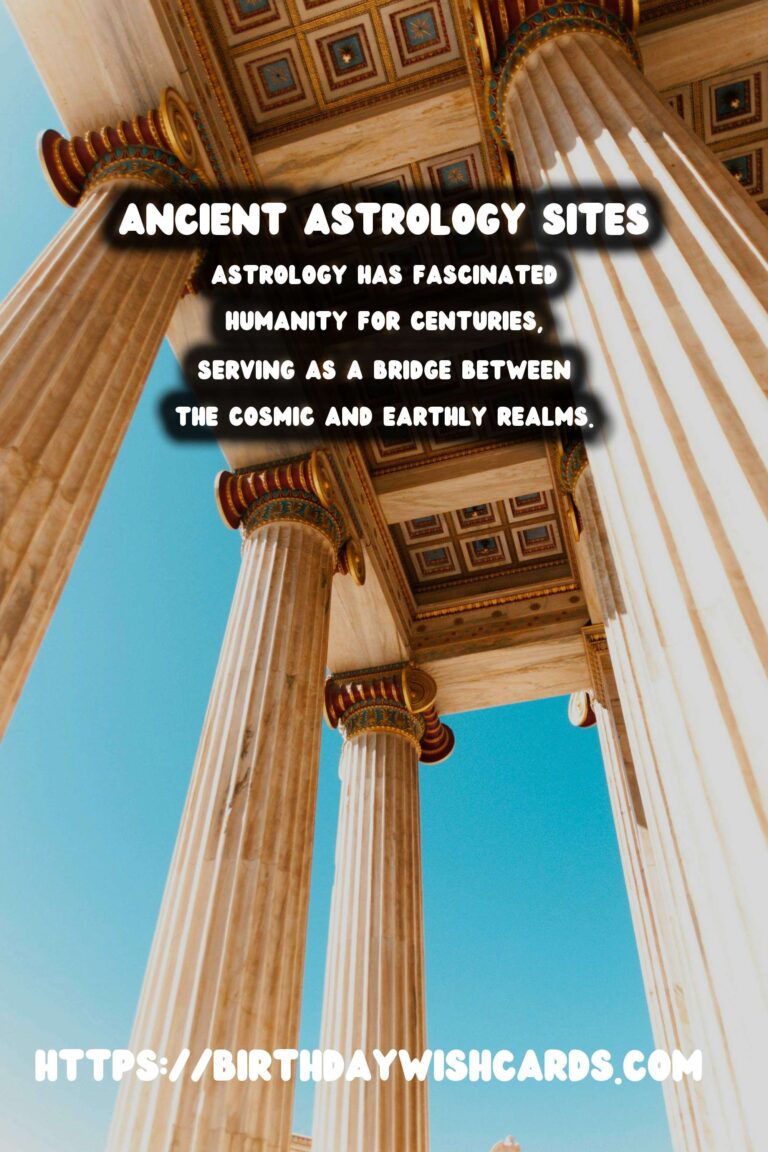
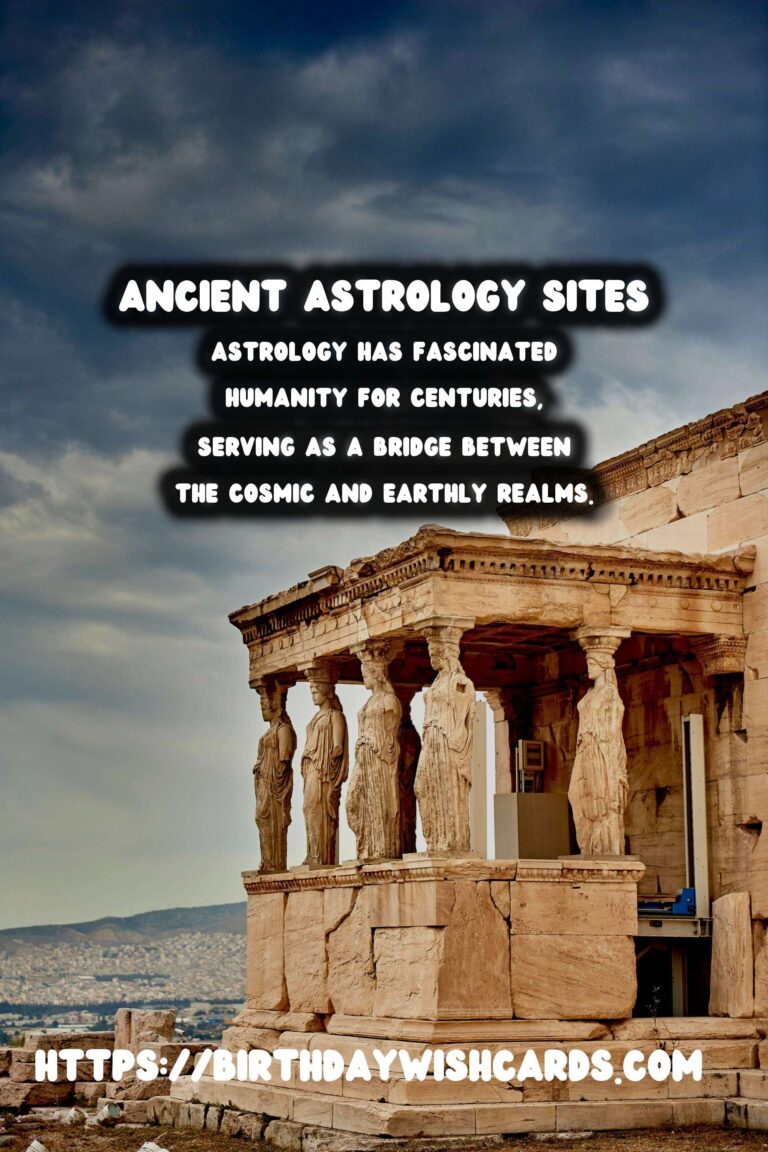
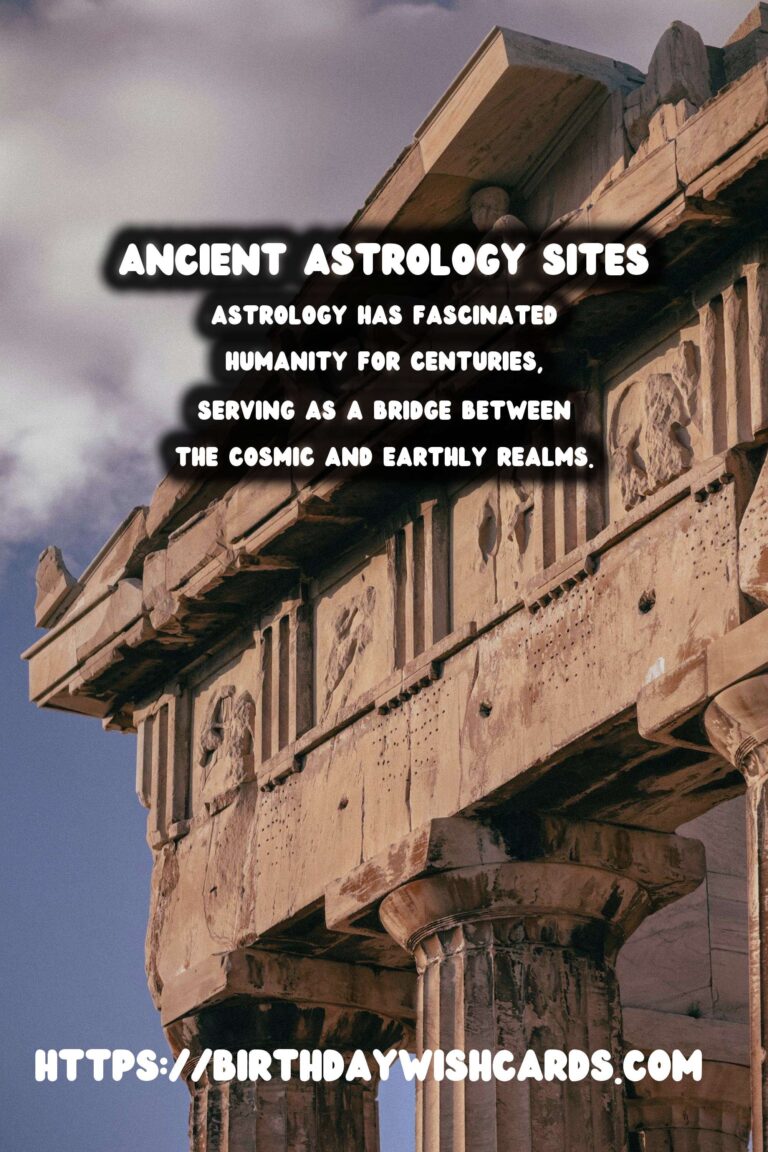
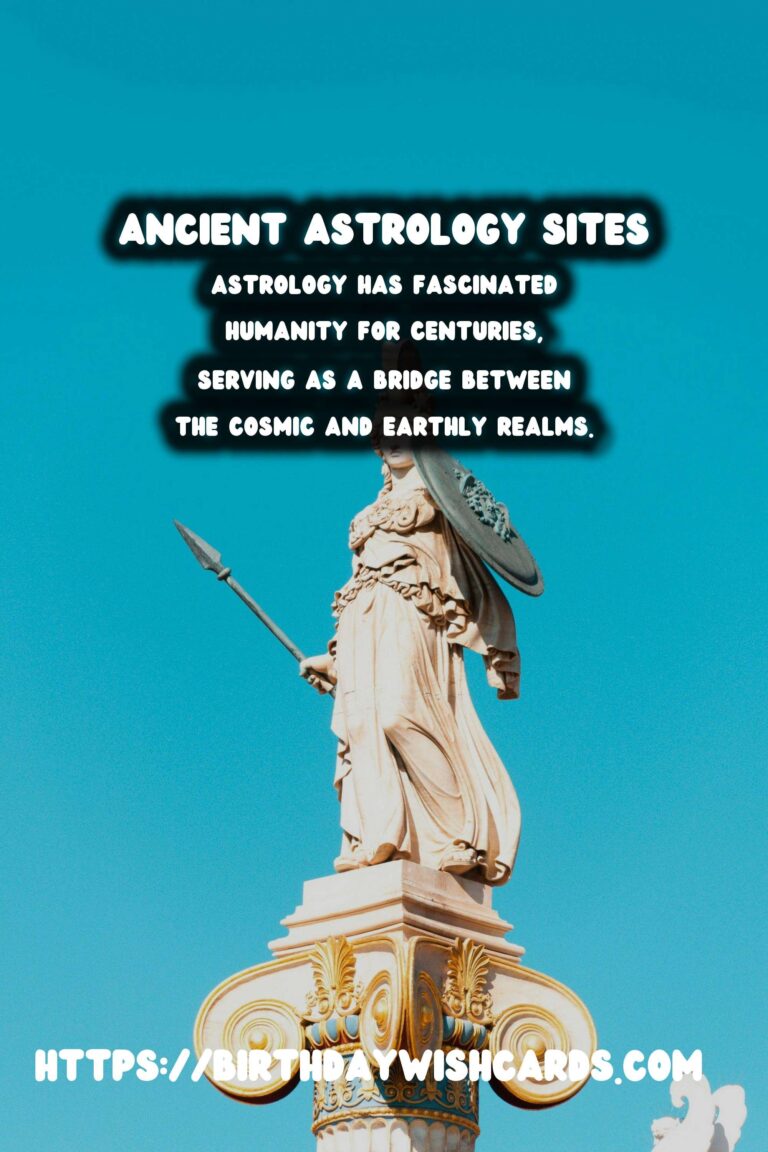
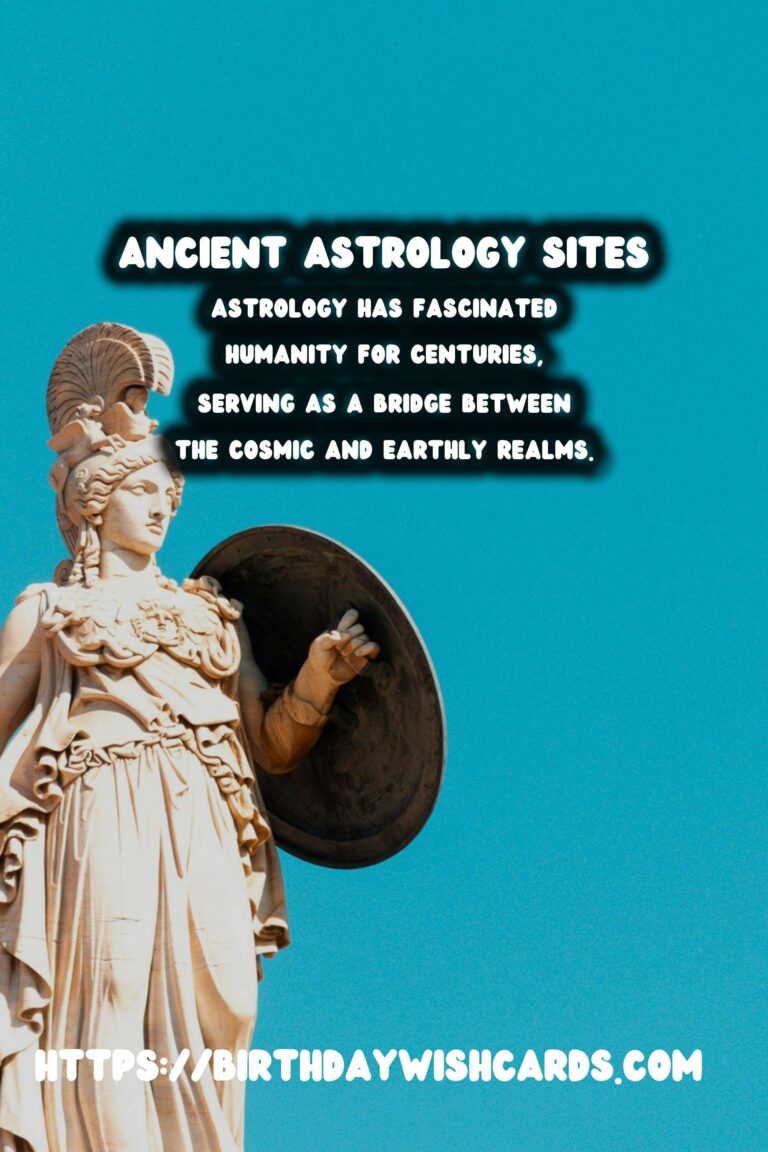
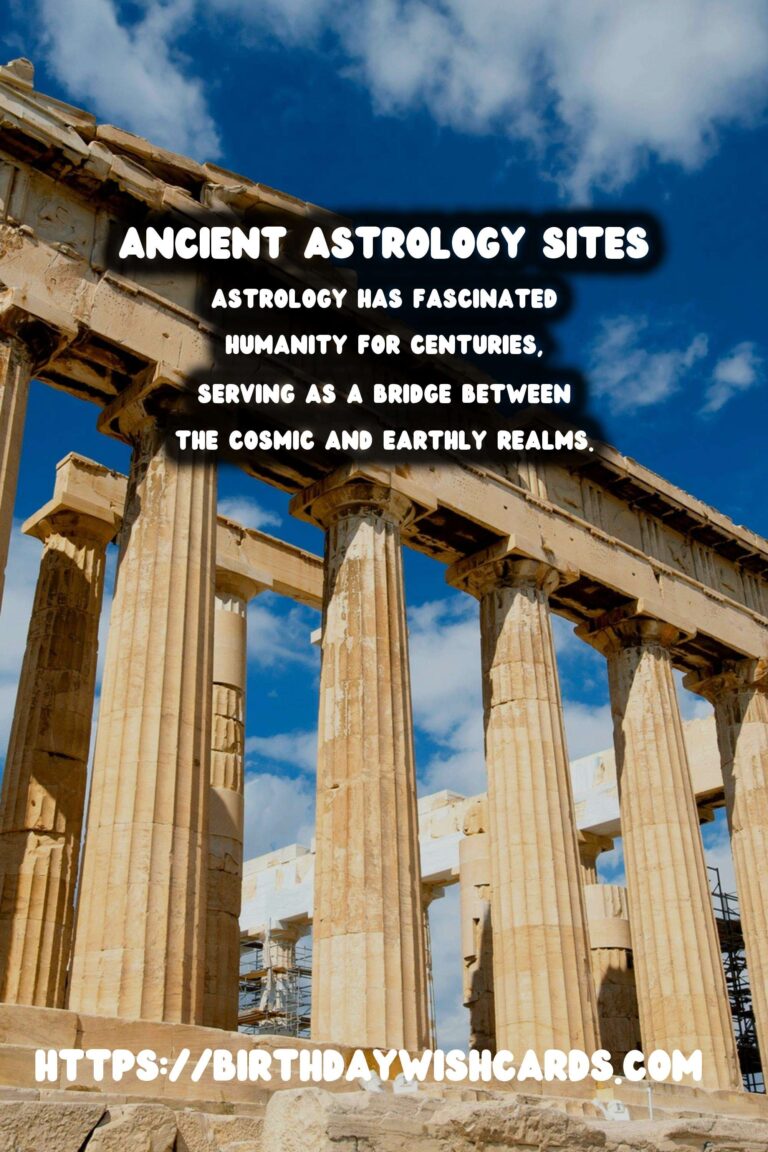
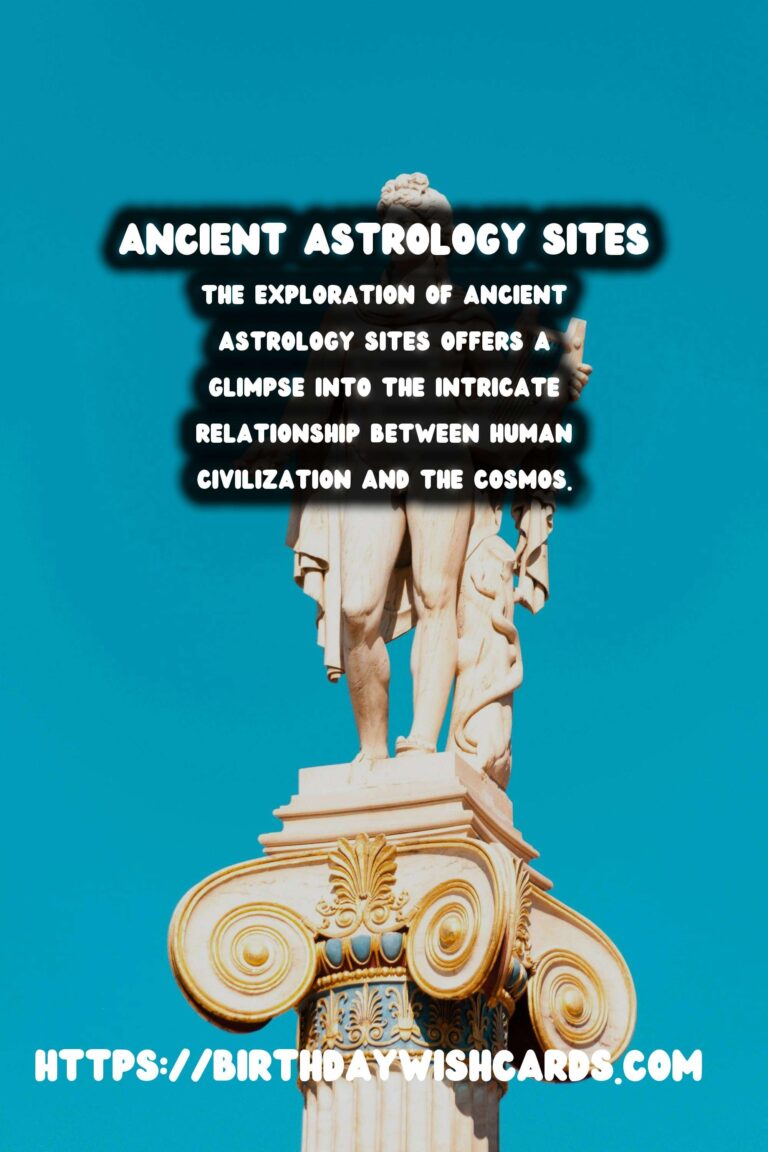
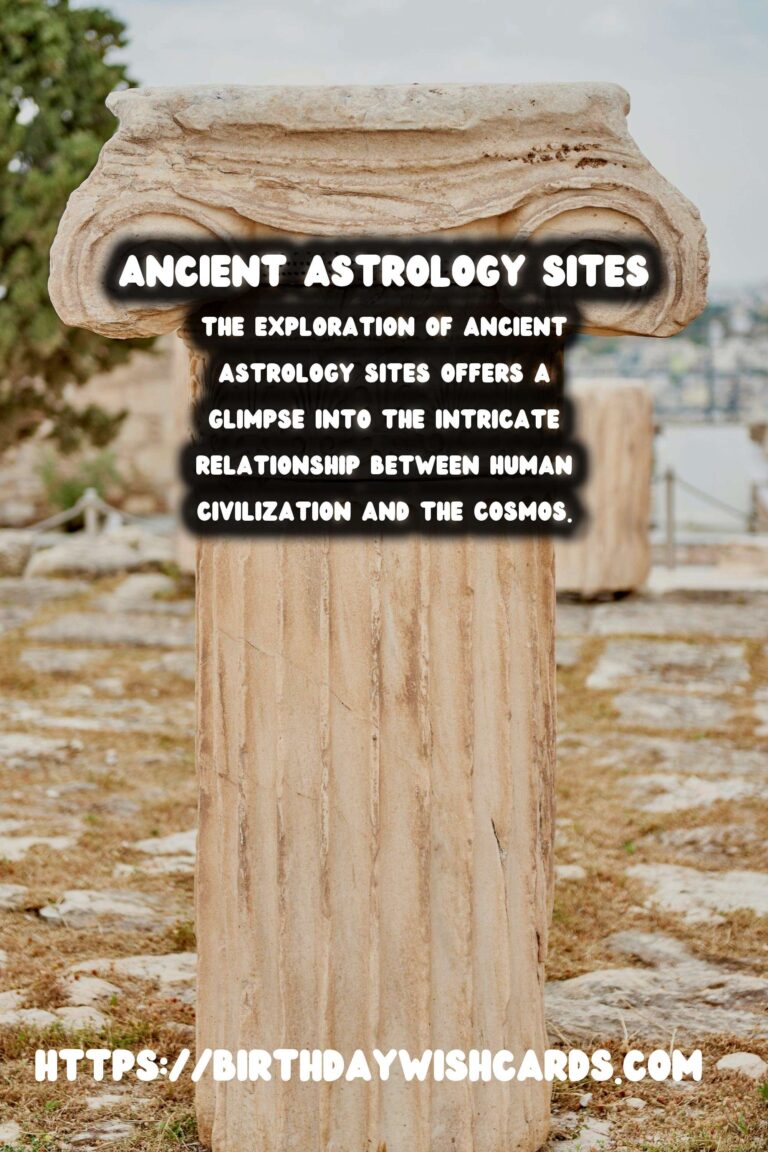
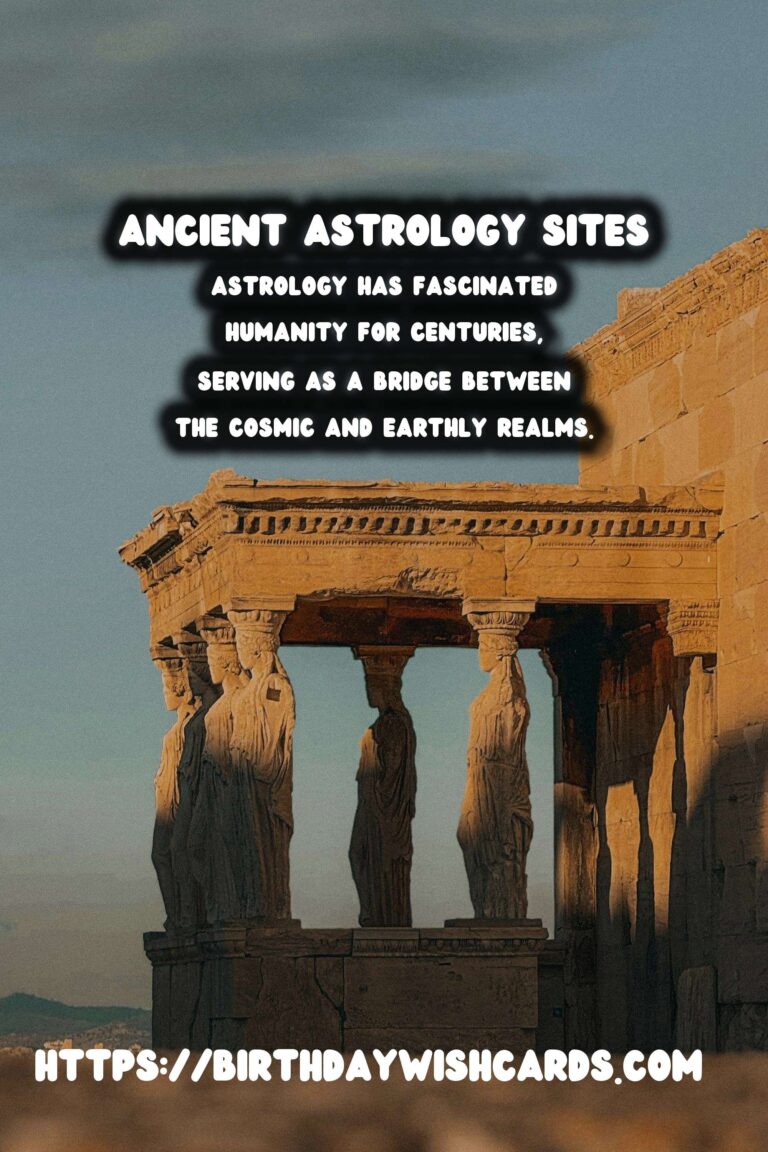
#Astrology #AncientHistory




